REVIEW: The Life-Changing Magic of Tidying Up:
Reviewed by Christine Strampp | Has your New Year’s resolution of decluttering your house not been achieved yet? Then “The Life-Changing Magic of Tidying Up: The Japanese Art of Decluttering and Organizing” might be the book for you. Marie Kondo guides you through the decluttering and organizing of your home, but it is not your usual organizing method. Her method involves surrounding yourself with only items that you love or need. The rest of your “stuff” goes to a donation center or the garbage. It is liberating to let things go that you really did not need or love. When you are done with this process, items that “Spark Joy” will surround you.


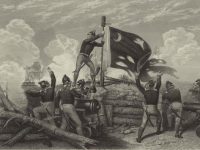
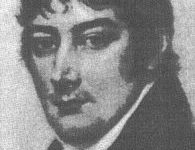
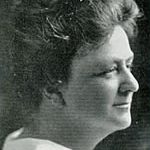

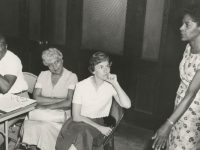
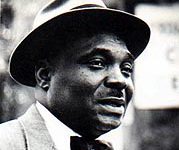


 We Can Do Better, South Carolina!
We Can Do Better, South Carolina!

























Recent Comments